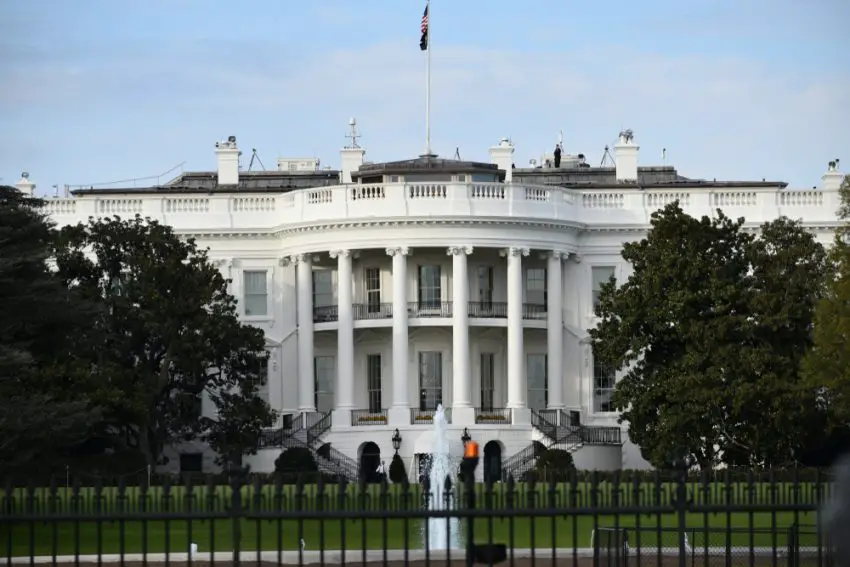In a bold and strategic move, House Speaker Mike Johnson (R-La.) has introduced an innovative two-step stopgap funding plan, demonstrating a firm commitment to averting a partial government shutdown. This plan, a testament to Republican foresight and fiscal responsibility, marks a significant departure from traditional funding methods, showcasing the party’s dedication to prudent governance.
Johnson’s plan is structured as a two-tiered continuing resolution, a novel approach to government funding. The first phase extends funding for specific federal government sectors until January 19, followed by a second phase that continues funding for other areas until February 2. This laddered strategy is a clear departure from the norm, where funding is typically extended uniformly for all programs until a set date. By choosing this path, Johnson actively avoids the pitfalls of a single, cumbersome spending bill laden with various spending agendas, a scenario often met with resistance, especially from Republicans who champion fiscal restraint.
The Speaker’s plan is not just a funding mechanism; it’s a strategic move to position House Republicans optimally for advocating conservative victories. It aims to end the imprudent tradition of massive, overloaded spending bills introduced right before the Christmas recess. Under this plan, funding for critical areas such as veterans programs, transportation, housing, agriculture, and energy will be secured until January 19. Meanwhile, funding for defense, the State Department, and Homeland Security will be extended until February 2.
Notably, Johnson’s proposal deliberately excludes funding requested by President Joe Biden for Israel, Ukraine, and U.S. border security. This exclusion is a strategic decision, allowing for more thorough discussion and debate on contentious issues, such as additional aid to Ukraine and the best methods to enhance border security. Johnson’s approach underscores the Republican commitment to fiscal responsibility, oversight of foreign aid, and meaningful policy changes, particularly concerning the Southern border.
This plan directly responds to the challenges posed by the rising national debt, the economic strain of ‘Bidenomics,’ and the issues at the Southern border. It represents a concerted effort by House Republicans to fight for the American people, emphasizing the need for fiscal prudence and responsible governance.
The White House has criticized Johnson’s proposal, labeling it “unserious” and a recipe for Republican chaos and more shutdowns. However, this criticism overlooks the underlying intent of the plan – to ensure responsible spending and address the pressing issues facing the nation.
In the backdrop of this proposal is the context of last year’s $1.7 trillion omnibus funding bill, which kept the government running until the end of the fiscal year 2023. To prevent a shutdown, Congress passed a 47-day continuing resolution. Still, it was not without its challenges and concessions, particularly from then-House Speaker Kevin McCarthy (R-Calif.).
Following McCarthy’s loss of the gavel, Johnson’s ascension to the Speaker’s position is partly attributed to a rules change that allowed any lawmaker to file a motion to vacate the Speaker’s position. This change was a significant factor in the political dynamics within the Republican Party.
The proposal has met with some opposition within the party, notably from members of the House Freedom Caucus. For instance, Rep. Chip Roy (R-Texas) has vehemently opposed the plan, emphasizing the need to challenge the status quo of government spending.
Speaker Mike Johnson’s two-step stopgap funding plan clearly indicates the Republican Party’s commitment to fiscal responsibility and strategic governance. It challenges traditional funding methods and sets a new precedent for how government funding should be approached, emphasizing accountability, efficiency, and the well-being of the American people.









